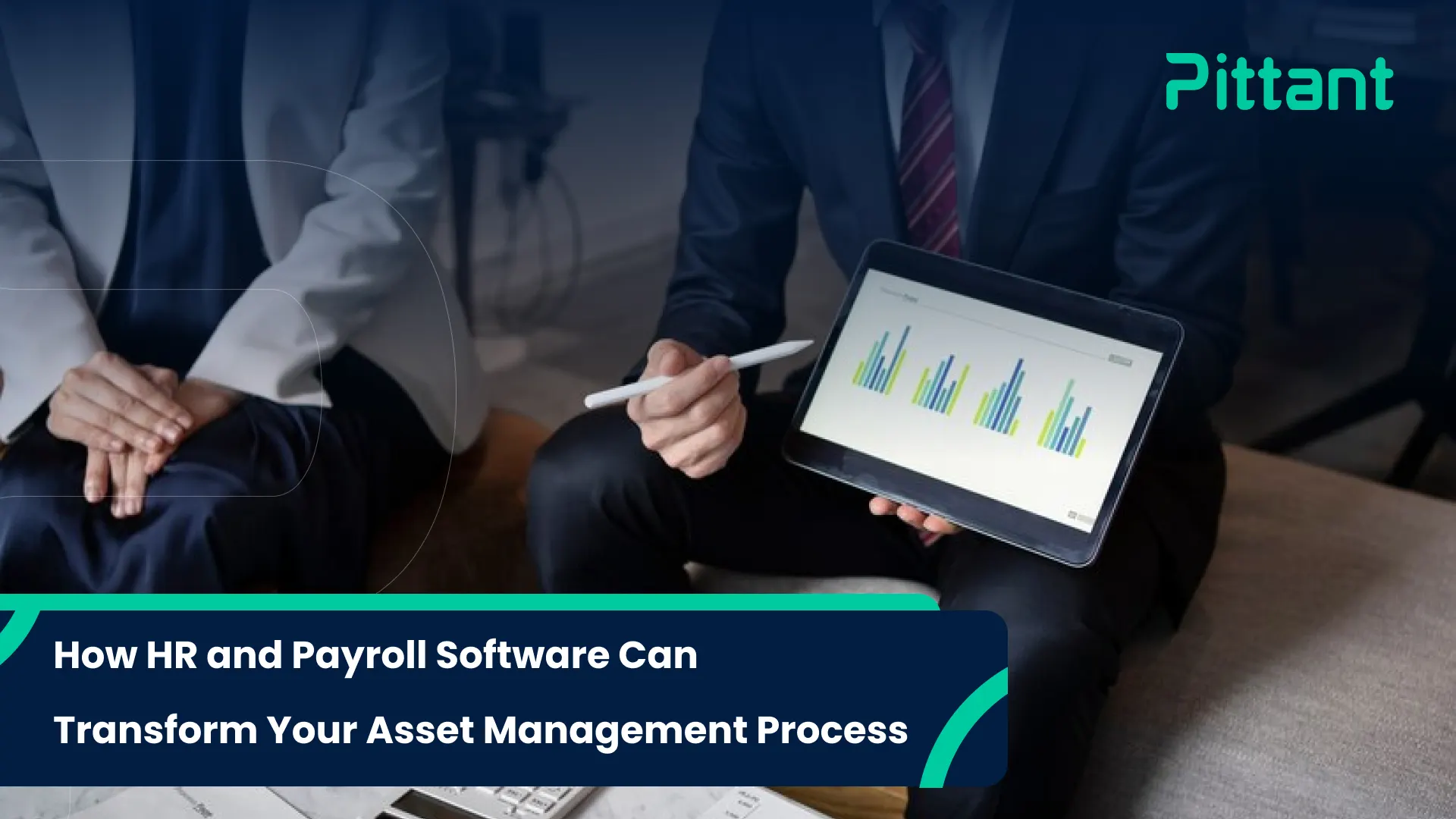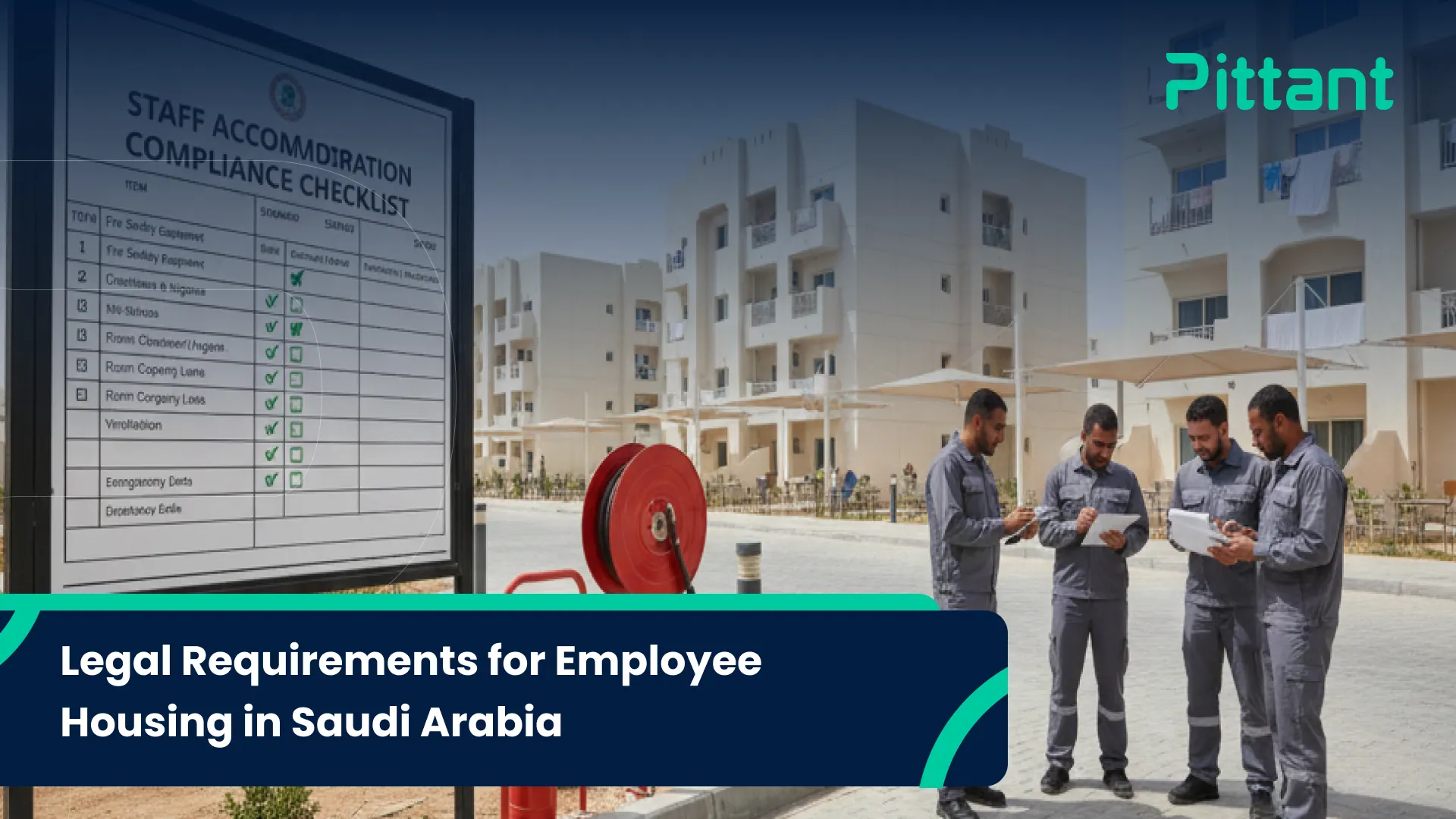With no doubt, asset management is a critical function within any organization. In other words, it encompasses everything from IT equipment to office furniture.
Managing these assets has been a time-consuming and error-prone process traditionally. But, with the integration of HR and payroll software. Now, the companies in Saudi Arabia are unlocking their potential to revolutionize asset management. This helps them in streamlining workflows. Also, it improves accuracy while enhancing overall efficiency.
This article is written to talk about how HR and payroll software can transform an organization’s asset management processes. So, without wasting any important detail. Let’s move into the next part of the blog.
Benefits of Using HR and Payroll Software in Asset Management
We can’t deny the several benefits of utilizing HR and Payroll Software in asset management brings. Consolidating asset information within the HR and payroll system creates a single source of truth. This eliminates data discrepancies while improving accuracy.
The companies can have detailed records of assignments, transfers, and disposals. They all are maintained and simplified. Similarly, by tracking asset usage, organizations can optimize asset utilization and reduce idle assets.
Organizations can achieve cost reduction. Streamlined asset management process flow, accurate depreciation calculations, and efficient disposal management. These all processes highly contribute to overall cost savings.
How HR and Payroll Software Boosts Efficiency in Asset Management
HR and payroll software boosts efficiency in asset management. Asset management integration with employee records enables automatic asset allocation. These are particularly based on job roles or department requirements.
The companies can have real-time tracking of asset location and status. This provides visibility and facilitates timely maintenance or replacement. The organization reduces administrative burdens, by streamlining processes for asset disposal. This includes transfer, sale, or disposal.
By utilizing softwares, companies can generate comprehensive asset reports. This includes depreciation schedules, asset utilization analysis, and disposal summaries.
Save Costs with HR and Payroll Software for Asset Management
Organizations can extend asset lifespan and reduce replacement costs by tracking asset acquisition, usage, and maintenance. On the other hand, effective asset tracking and management minimize the risk of theft or loss. This results in significant cost savings.
Additionally, by identifying underutilized assets, organizations can optimize resource allocation. This also helps in avoiding unnecessary purchases.
The companies ensure compliance with asset-related regulations through automated processes. This aids in preventing penalties and fines.
Streamline Payroll Processes in Asset Management
The software automatically calculates depreciation based on asset value and useful life. This ensures compliance with tax regulations. While expense management modules integration allows for tracking asset-related expenses and generating detailed reports.
On the other hand, accurate asset data facilitates the preparation of tax returns and reduces the risk of errors. Likewise, financial systems integration provides comprehensive financial insights. It includes asset-related metrics.
Calcalating the ROI of HR and Payroll Software in Asset Management
The calculation of HR ROI of HR and Payroll Software includes an HR software rollout. In other words, it is deceptively simple. It is the net return on investment divided by the cost of investment multiplied by 100. You can multiply it by 100 to express the result as a percentage.
Though, it gets trickier, when you break down the net return on investment into its constituent parts. The current value of the investment and cost of the investment. Because much of that value may come from intangible benefits. Particularly, they are hard to quantify objectively.
The Formula for HR ROI:
This is the best formula to use, for calculating the ROI of HR software,
ROI = (Current Value of Investment – Cost of Investment) / Cost of Investment x 100
Key Features of HR and Payroll Software for Asset Management
The key features of HR and payroll software for asset management have been discussed in detail:
Asset Inventory Management:
As an employer, maintain a comprehensive database of all assets. This includes details such as type, location, and condition.
Asset Lifecycle Management:
Track the entire lifecycle of assets, from acquisition to disposal, including maintenance and repairs.
Asset Depreciation Calculation:
Automatically calculate depreciation based on asset value and useful life. This ensures compliance with tax regulations.
Asset Audits and Reporting:
Generate detailed reports on asset utilization, depreciation, and other relevant metrics.
Customizing HR and Payroll Software for Asset Management
Create specific asset categories to match organizational needs and track different types of assets. Define custom attributes to capture essential asset details like serial numbers, purchase dates, warranty information, and maintenance history.
On the other hand, configure workflows to match asset management processes. This includes asset allocation, transfer, and disposal.
Asset management module integration with financial, maintenance, and procurement systems for seamless data flow.
Security Features of HR and Payroll Software for Asset Management
Here, we share the security features of HR and Payroll Software for asset management:
- Restrict access to asset data based on employee roles and responsibilities to protect sensitive information.
- Encrypt asset data to prevent unauthorized access and data breaches.
- Maintain detailed records of asset-related activities to track changes and identify potential security risks.
- Conduct regular security assessments to identify vulnerabilities and implement necessary safeguards.
Best Practices for Deploying HR and Payroll Software in Asset Management
The best practices for deploying HR and Payroll software in asset management include:
Clear Asset Inventory:
Conduct a comprehensive asset inventory before implementation to establish a baseline.
Employee Training:
Provide thorough training to employees on using the software for asset management tasks.
Data Migration:
Accurately migrate existing asset data into the new system to ensure data integrity.
Change Management:
Communicate the benefits of the new system and address employee concerns to facilitate adoption.
Future Predictions for HR and Payroll Software in Asset Management
We can predict that utilizing artificial intelligence integration will help companies with predictive maintenance. It also aids them in asset optimization and automated workflows.
On the other hand, by connecting assets with IoT devices companies can achieve real-time tracking, and remote management.
Similarly, utilizing blockchain technology can create an immutable record of asset ownership and history. In addition to this, using AR for asset identification can help organizations in inspection and maintenance guidance.
Conclusion
In conclusion, asset management integration functions into HR and payroll software. Through utilizing it, organizations can significantly enhance operational efficiency. It also aids companies in reducing costs and improving decision-making. We can say that this strategic approach enables better asset utilization. It also brings streamlined processes, and enhanced compliance.
Businesses can transform the asset management process steps by leveraging the power of technology. From a time-consuming administrative task into a strategic advantage that drives growth and profitability.
FAQs
What is HR asset management?
The process of HR asset management involves tracking and managing physical and digital assets. Particularly that assigned to employees within an organization. This includes tasks like:
- Asset allocation
- Maintenance, and
- Disposal
Why is HR and payroll software important in asset management process?
HR and payroll software is crucial for asset management. It centralizes employee data which enables efficient asset allocation, tracking, and recovery. It automates processes and reduces errors. While it provides valuable insights for optimizing asset utilization.




